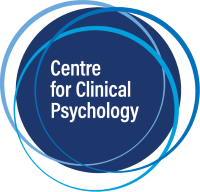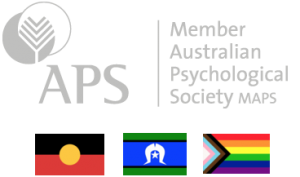There is a difference between PTSD nightmares, normal nightmares and night terrors. This is important to know because there are different treatment options for each.
Nightmares are unpleasant dreams that are usually remembered upon waking. Sleep terrors involve feelings of intense fear, screaming, and thrashing around while still asleep, the content is not remembered. Nightmares and sleep terrors tend to happen during different stages of sleep. PTSD related nightmares follow the experience of trauma and often involve the same elements that were in the trauma. These trauma related elements may be content and or affect (American Psychiatric Association, 2013). Both sleep terrors and nightmares can occur in PTSD. That is they can be co-morbid with each other.
Treatment options
Nightmares may be restructured through imagery rescripting, this includes PTSD related nightmares. However, PTSD related nightmares often change with the standard treatments for PTSD (CPT, PE & EMDR). Imagery rescripting by its very nature could not work for the treatment of night terrors because night terrors are not remembered, hence we cannot rescript them. Treatment of night terrors often involves anticipatory waking (Lask 1988, Maskey 1993, Galbiati et.al 2015 ) .
Summary
In summary, PTSD nightmares differ from standard nightmares because the themes, or feelings are related to the traumatic experience. They have also started after the traumatic experience. This might be difficult to establish if the traumatic event was in early childhood and the client believes they have always had them. The similarity between standard nightmares and PTSD nightmare is that they are remembered. This contrasts with sleep terrors which have a high level of distressing affect but are not remembered.
Imagery rescripting is a treatment that works for nightmares that are both PTSD and non-PTSD related but it would not work for sleep terrors. PTSD related nightmares respond to the standard treatments for PTSD. If you are treating the PTSD the nightmares are also being treated.
References
American Psychiatric Association. (2013). Diagnostic and statistical manual of mental disorders (5th ed.). Arlington, VA: American Psychiatric Publishing.
Galbiati, A., Rinaldi, F., Giora, E., Ferini-Strambi, L., & Marelli, S. (2015). Behavioural and Cognitive-Behavioural Treatments of Parasomnias. Behavioural Neurology, 2015, 786928. http://doi.org/10.1155/2015/786928
Lask, B. (1988). Novel and non-toxic treatment for night terrors. BMJ?: British Medical Journal, 297(6648), 592.
Maskey, S. (1993). Sleep disorders. Simple treatment for night terrors. BMJ?: British Medical Journal, 306(6890), 1477.
Thünker, J., & Pietrowsky, R. (2012). Effectiveness of a manualized imagery rehearsal therapy for patients suffering from nightmare disorders with and without a comorbidity of depression or PTSD. Behaviour Research and Therapy, 50(9), 558-564. doi:https://doi.org/10.1016/j.brat.2012.05.006



